Ground shipping is currently paused. Local deliveries throughout Long Island will continue as usual. Pre-orders for fall are now open. Non-local orders will begin shipping again in early September. Click here to learn more.
Please be aware that all shipping will be suspended on December 23 and will resume January 5. Dismiss
Skip to contentGround shipping is currently paused. Local deliveries throughout Long Island will continue as usual. Pre-orders for fall are now open. Non-local orders will begin shipping again in early September. Click here to learn more.
| Common Name | |
|---|---|
| Type | |
| Family | |
| Native? | |
| Zone | 4, 5, 6, 7, 8, 9 |
| Height Range (ft.) | 2.00 to 5.00 |
| Spread (ft.) | 1.00 to 3.00 |
| Bloom Time | |
| Bloom Description | arching flower clusters, Bright yellow, small daisylike flowers |
| Sun | |
| Water | |
| Maintenance | |
| Suggested Use | |
| Tolerate | |
| Attracts | |
| Growth Rate |
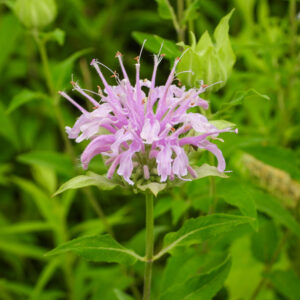
Sweet Goldenrod is a native wildflower with bright yellow blooms and fragrant, anise-scented leaves. It attracts pollinators and adds late-season color to meadows and gardens.
$129.99
Please note: Sizes 1.5 Gallon and up can’t be shipped outside the counties of Nassau, Suffolk, and Queens.
Learn more about how the process works and how our plants are delivered.
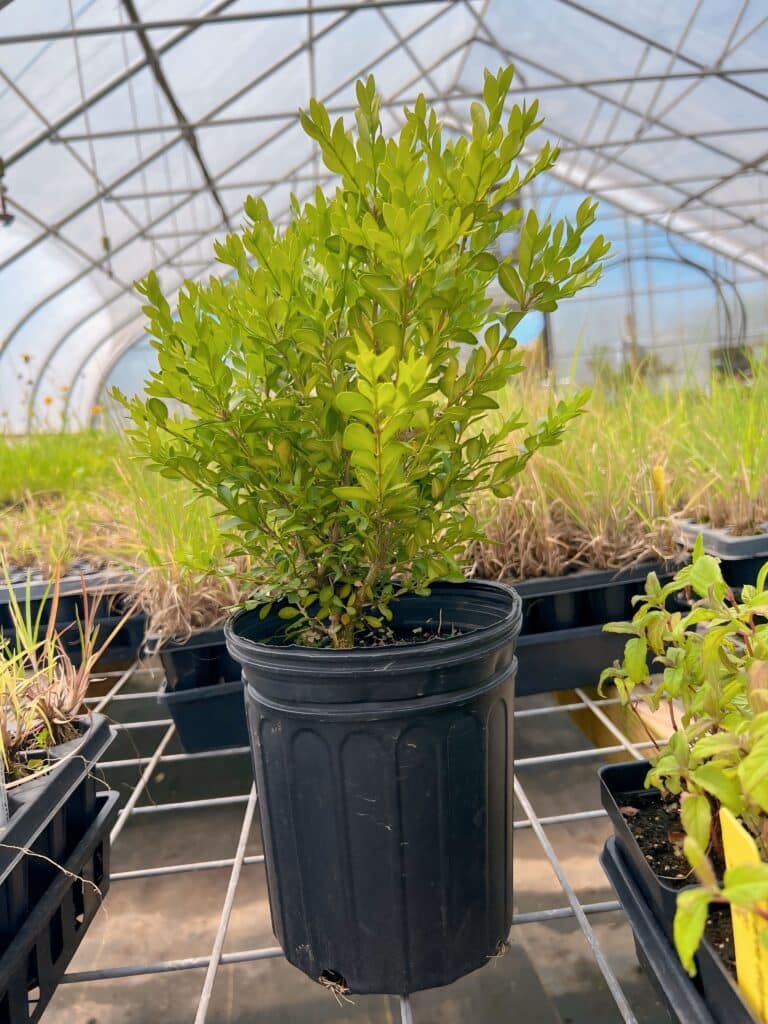

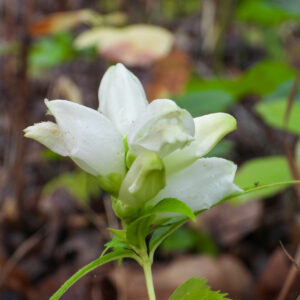
Ground shipping is paused due to summer heat. Only local delivery (Long Island & Queens) is available. Orders placed during the pause will begin processing September 1, and ground shipping will resume September 15.
| Common Name | |
|---|---|
| Type | |
| Family | |
| Native? | |
| Zone | 4, 5, 6, 7, 8, 9 |
| Height Range (ft.) | 2.00 to 5.00 |
| Spread (ft.) | 1.00 to 3.00 |
| Bloom Time | |
| Bloom Description | arching flower clusters, Bright yellow, small daisylike flowers |
| Sun | |
| Water | |
| Maintenance | |
| Suggested Use | |
| Tolerate | |
| Attracts | |
| Growth Rate |
Solidago odora, commonly known as Sweet Goldenrod, is a native, perennial wildflower known for its bright yellow flower clusters and fragrant, anise-scented leaves. Blooming from late summer into fall, this upright plant typically reaches 2 to 4 feet tall and thrives in a variety of garden settings, including meadows, prairies, and pollinator gardens. Its golden flower spikes attract a wide range of beneficial pollinators, including bees, butterflies, and wasps.
Unlike some other goldenrod species, Sweet Goldenrod is clump-forming and non-invasive, making it an excellent addition to native plant gardens. Its leaves can be used to make herbal teas, adding another layer of appeal for herbalists and gardeners alike.
/5
Total reviews
|
|
Persons recommended this product
Anonymous
Shopper
check_circle Verified
Shop owner replied
Was this helpful
Anonymous
Shopper
check_circle Verified
Shop owner replied
Was this helpful
There are no reviews yet.
Be the first to review “ ”
Your feedback helps us improve our service.
Please log in to submit a review.
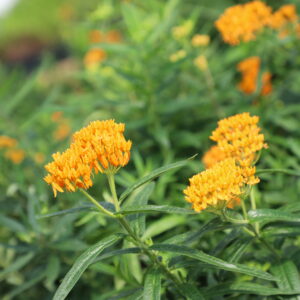
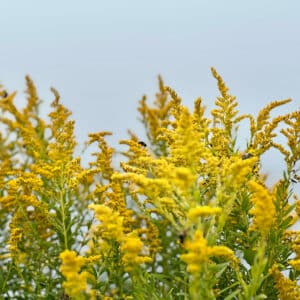
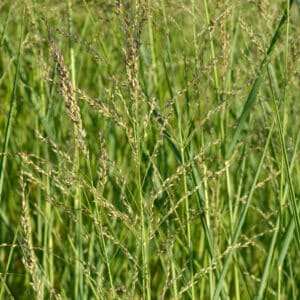
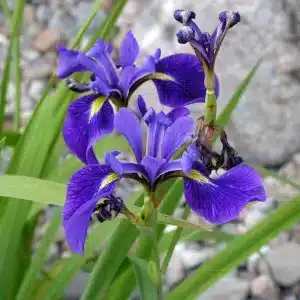
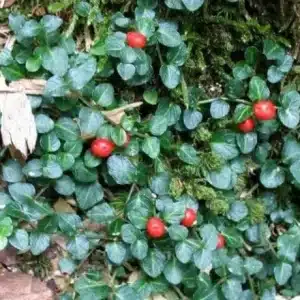
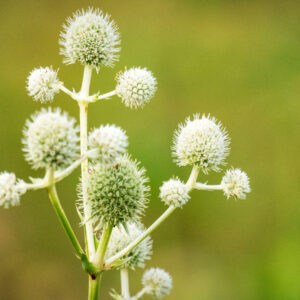
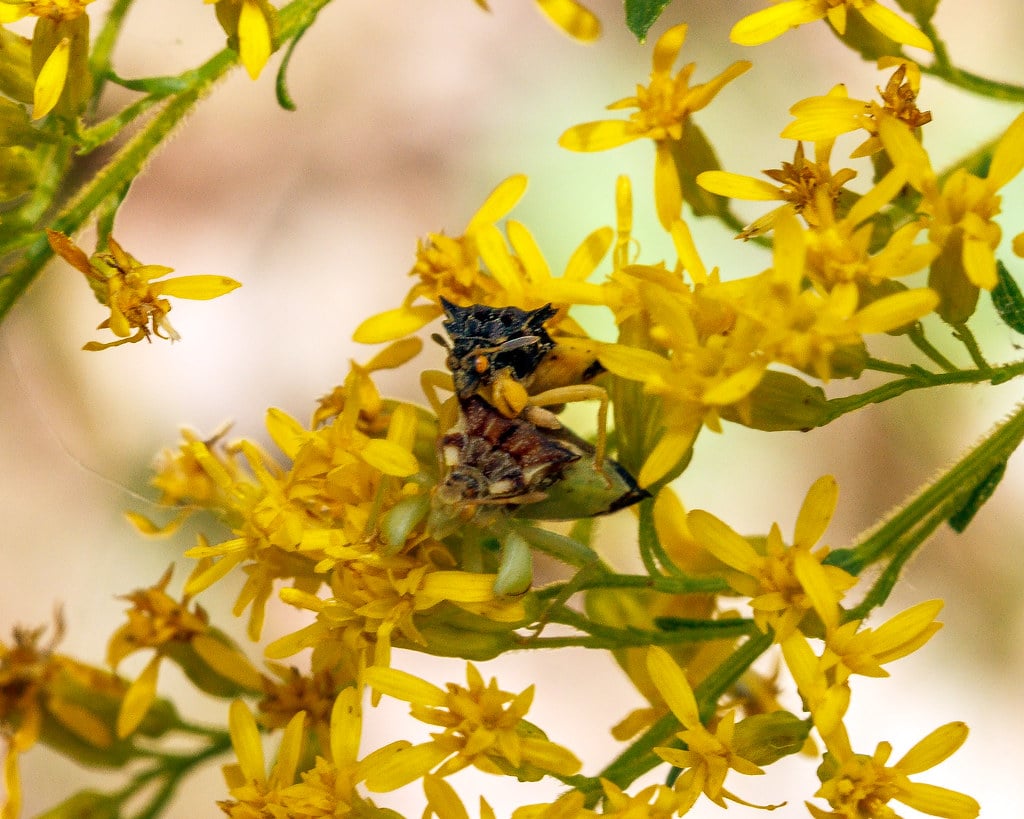
Sweet Goldenrod thrives in full sun and prefers dry to medium, well-drained soils. It is adaptable to a range of soil types, including sandy and rocky soils, and is drought-tolerant once established. It’s ideal for prairies, meadows, pollinator gardens, and naturalized areas.
This upright, clump-forming perennial typically grows 2 to 4 feet tall and 1.5 to 2 feet wide. It has narrow, lance-shaped leaves and produces tall flowering stems in late summer and fall.
Sweet Goldenrod blooms from late summer into early fall (August to October), producing bright yellow, plume-like flower clusters at the top of its stems. These showy blooms are highly attractive to pollinators.
The leaves of Sweet Goldenrod have a sweet, anise-like fragrance when crushed. Historically, they’ve been used to make herbal teas (often called “Blue Mountain Tea”), and the plant is sometimes used in herbal remedies.
Absolutely! Sweet Goldenrod is a pollinator magnet, attracting bees, butterflies, and other beneficial insects. It provides a late-season nectar source and supports a variety of native pollinators. Birds may also feed on its seeds in the fall and winter.
Our gift cards make it easy to share the beauty of plants, flowers, and all things green. Whether for a special occasion or just because, give the gift of choice and let them select their favorites to create a garden they’ll cherish.
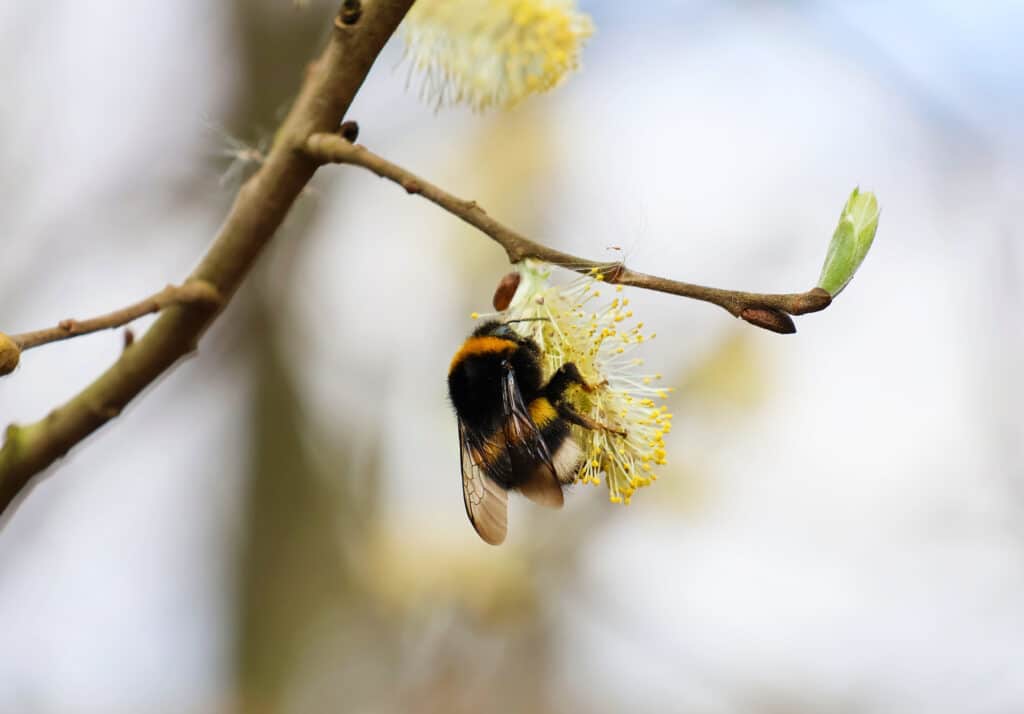
Only Local Delivery Available (Long Island & Queens)
Ground Shipping Paused
To protect our plants from extreme summer heat, we’ve paused nationwide ground shipping to avoid any damage during transit.
Local Delivery Only
We’re still delivering locally to Long Island and Queens, so nearby customers will continue to receive orders as usual.
Fall Pre-Orders Are Open Nationwide!
We will resume normal shipping for non-local orders placed during the pause in early September.
Thank you for your support and understanding—we’re looking forward to growing with you this fall!